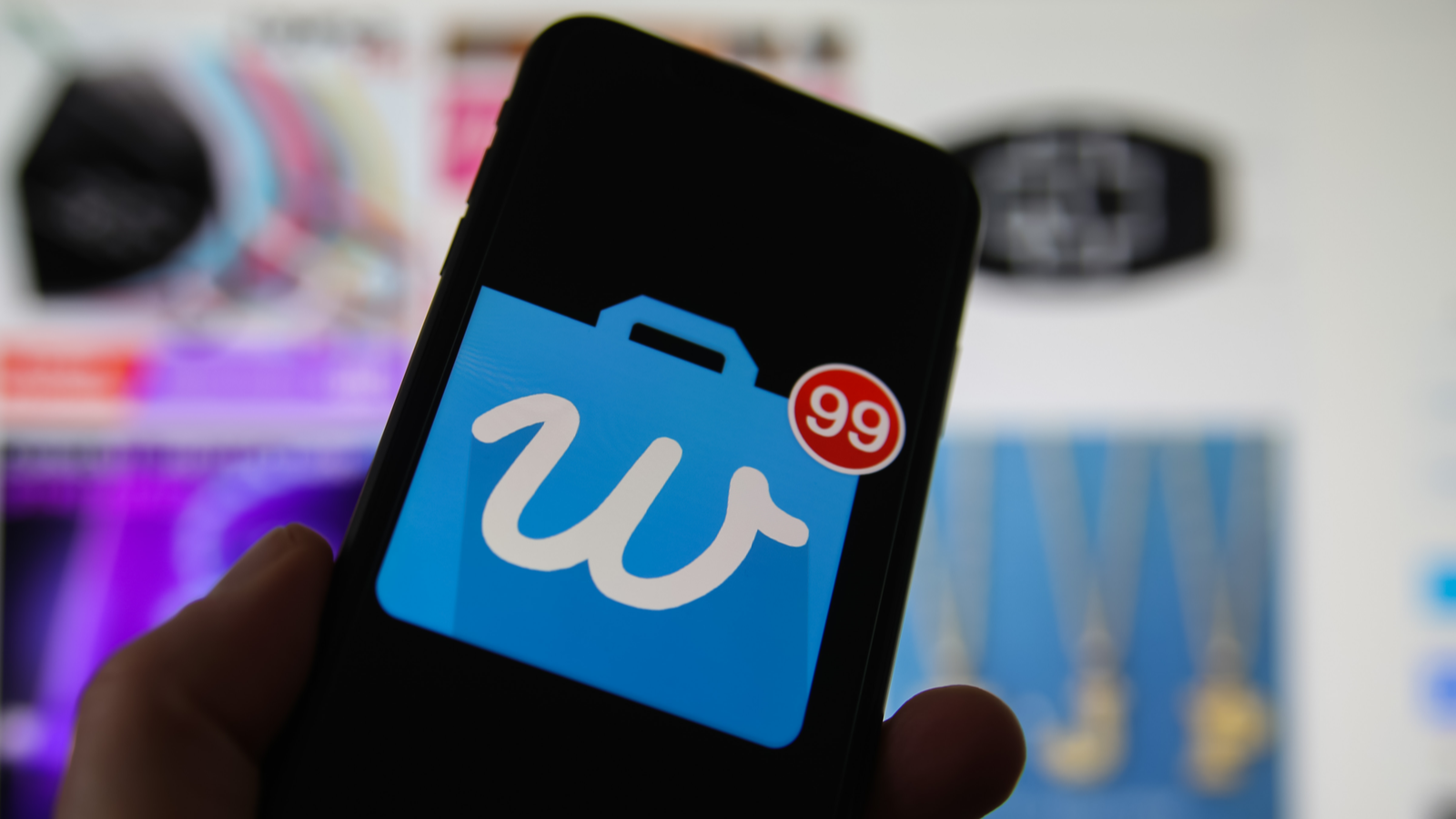- As ContextLogic (WISH) struggles, WISH stock continues to rattle around its all-time low close.
- WISH is now a penny stock, down 50% so far in 2022 and off its 2021 all-time high close by more than 90%.
- Investors should not mistake WISH stock as an opportunity to get into an e-commerce leader at an incredibly cheap price.
There are plenty of reasons to invest in e-commerce retailers these days. Online shopping was already a force to be reckoned when the Covid-19 pandemic hit in 2020. With stores temporarily shuttered and in-person shopping a potentially risky venture, even internet avoiders started filling those online shopping carts. A recent study estimates that in 2020 and 2021, the pandemic added $219 billion to U.S. e-commerce sales. One of the big beneficiaries was ContextLogic (NASDAQ:WISH).
The popularity of its Wish website and mobile app saw WISH stock close at an all-time high of $30.07 on January 29, 2021. In theory, Wish — with its focus on selling cheap products — should be an investor darling right now. With so many economic storm clouds, a popular e-commerce site with a reputation of having dramatically lower prices than the competition should be attracting investors.
Instead, WISH stock has plummeted in value. It makes appearances on lists of penny stocks to avoid. You might think WISH stock is a buying opportunity. Don’t fall into that trap. Here’s why.
| Ticker | Company | Current Price |
| WISH | ContextLogic | $1.62 |
Wish Built Its Business On Selling Cheap, Dangerous Products
ContextLogic launched Wish as an e-commerce platform in 2013. It transformed from an online wish list (thus the name), to a way to actually buy the products you craved — at rock bottom prices. With a host of no-name Chinese vendors, Wish soon offered hundreds of millions of items, ranging from makeup to wireless earbuds to infant car seats. All selling for a fraction of the price of popular brands, while often looking just like them. Or even claiming to be the real deal.
That approach resulted in Wish becoming the most downloaded shopping app in the world, and the third-largest U.S. e-commerce marketplace.
So far, so good. Who wouldn’t want in on WISH stock when the company went public in late 2020? Especially with the pandemic boosting online shopping.
The problem is that Wish was essentially built on a house of cards. Prices were too good to be true. All those cheap knockoffs and counterfeits weren’t just creating a backlash from consumers, they began to attract attention from regulators. In an investigation by French regulators, 45% of toys ordered from Wish were deemed to be dangerous, 95% of electronics sold on the platform failed to meet European standards and 90% were considered to be outright dangerous. Jewelry? Investigators found 62% of the items they ordered off Wish were dangerous.
That investigation — and ContextLogic’s failure to address concerns in a meaningful fashion — resulted in Wish being de-listed from search engine results in France. That’s a problem that may well expand into other countries.
A Turnaround Would Require Attracting Legit Sellers and Buyers
With WISH stock in free fall, ContextLogic is working on a turnaround. Among the moves it announced in February were cost cutting measure including layoffs and reducing its real estate leasing costs. That’s expected to save the company $32 million to $37 million per year. But it has no impact whatsoever on the core problem of its vendors and products.
In response to the French crackdown ContextLogic was quoted in Fortune as saying it was “actively diversifying its merchant base by recruiting sellers in a variety of geographies, including Europe, in order to expand product selection and further improve product quality.”
The problem is that sellers who make safe products and actual name brands don’t come cheap. They’re also already selling on Amazon (NASDAQ:AMZN) and other e-commerce sites. Wish made a splash by selling knock-offs at dirt cheap prices. There is absolutely no way that it regains anything near its former popularity by becoming yet another website selling the stuff you can buy on Amazon, at the same price Amazon sells it for. There’s also no way that WISH stock recovers, given the limited options.
Should You Buy WISH Stock?
ContextLogic is expected to report its second-quarter earnings any day. If the company has some positives to report about its restructuring efforts, it’s possible that WISH stock will rally afterward. It’s just as likely it will fall further, but that’s beside the point.
With its entire business model and identity built around selling online for cheaper than Amazon, there’s no way I can see that ContextLogic turns Wish around and rebuilds it as a viable e-commerce platform.
This Portfolio Grader “F” rated stock does not belong in a long-term growth portfolio. As I wrote a few weeks ago, ContextLogic can’t Wish its problems away.
On the date of publication, Louis Navellier had a long position in AMZN. Louis Navellier did not have (either directly or indirectly) any other positions in the securities mentioned in this article. InvestorPlace Research Staff member primarily responsible for this article did not hold (either directly or indirectly) any positions in the securities mentioned in this article.
